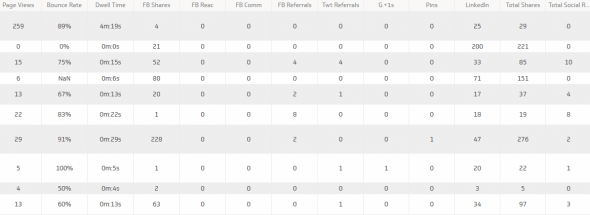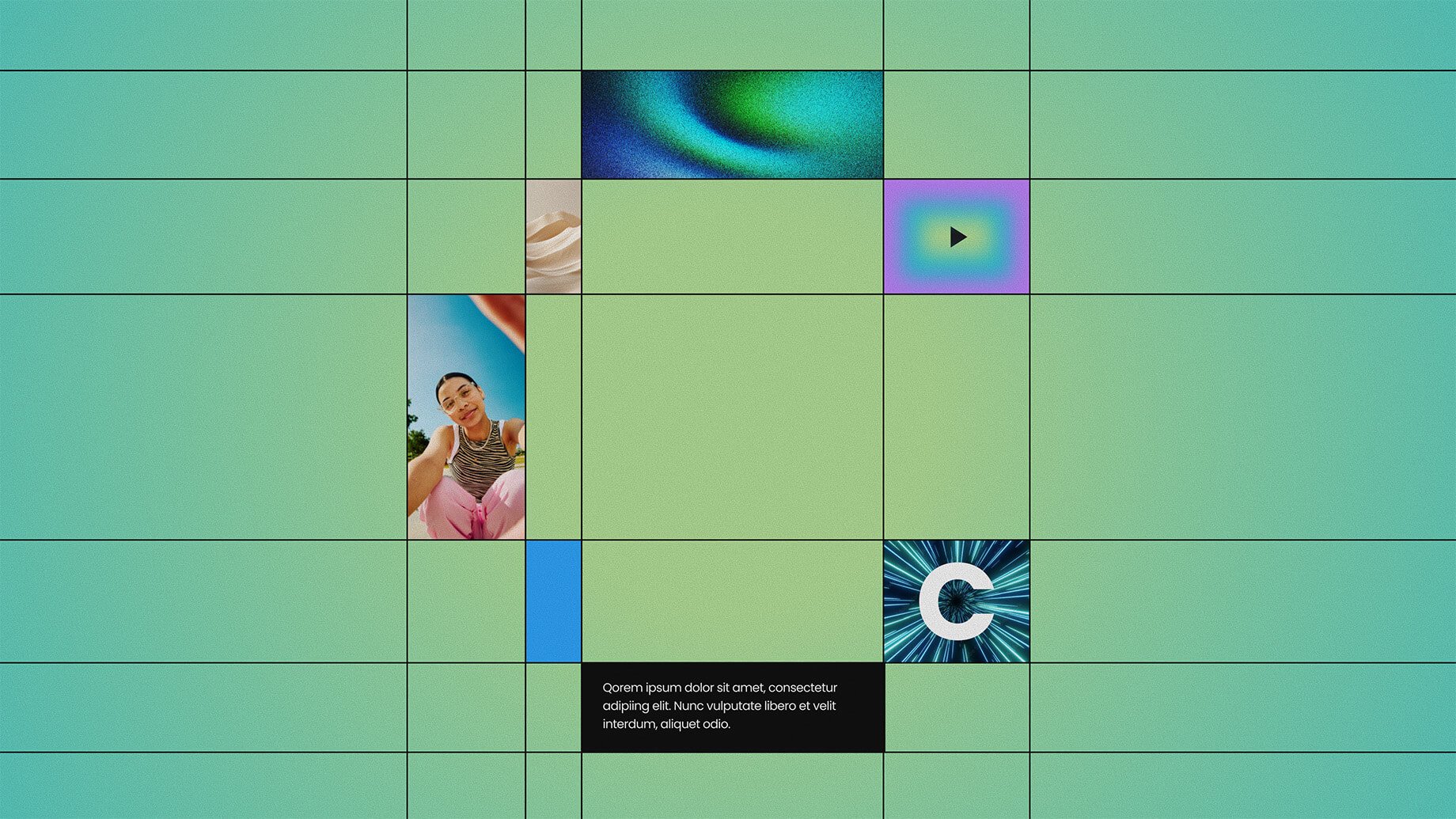A step-by-step guide to creating a successful digital content strategy
Most marketing professionals accept the validity of content as part of the marketing mix. They know why content marketing is important – what the benefits are. The principles are widely understood: use content to find and engage audiences and then make them do things (click, watch, buy, join).
But how do you DO content marketing? How do you create a digital content marketing strategy? How do you create a content marketing plan? How do you choose the content that goes into it? How do you measure it?
Digital Content Strategy
By building a solid digital content strategy you will have, in one place, a document that contains:
- Insight and data
- Your strategic approach to content
- The plan: what, where, when
By methodically creating a digital content strategy, you will use data and insight to tell you what your strategy should be; your strategy then tells you what the plan should be. Each stage informs the next.
But how do you build a digital content strategy?
The check list below is a step-by-step guide on how to create a digital content strategy. Quick caveat: this is a guide not a definition – it is not a comprehensive or definitive method for creating ‘the best’ digital content strategy.
Aims and objectives
- What are the business goals and business objectives?
- What is the marketing strategy?
- What is the brand’s mission?
The brief
What is the brief? What will content be used to achieve?
What does this brief want to achieve?
- Broad goals
- Specific goals
State of play
- Current content pillars (what topics or types of content is being produced?)
- Communications channels – statistics, successes, challenges
- Social media
- Newsletter
- Website
- Other
- SWOT
Research and insight
- Content audit
- What’s working? What’s not? What might work that’s not here?
- Site traffic
- Popular pages
- What’s popular
- Why?
- Bounce rate and dwell time
- What’s engaging?
- Affinity groups
- How current content is doing
- Referral URLs
- How are you acquiring traffic?
- Value: what types of content are evergreen? What types of content offer only time-sensitive spikes?
- Popular pages
- Social media
- Channels
- Successes/themes
- Social listening (Buzzsumo, Brandwatch)
- Are people talking about what you do/offer
- Influencers
- Who are the most influential people in your sector?
- User/reader/customers research and customer surveys
- What people like
- What they don’t like
- What they care about
- What they need
- Insight from client/anecdotal
- Demographic info (Mosaic data)
- Use information to define needs of audience
- Keyword research
- What does keyword research suggest that people are looking for?
- What terms are people interested in your sector?
- How are people searching for what you offer?
- What else are people looking for in your area?
- What do you know about that people want to know?
- Google Trends
- What key terms are trending?
- Is there any seasonality?
- Does it suggest any breakout terms/alternative keywords
- Google Keyword Planner
- What is the density of search around your key terms?
- What terms does GKP suggest is similar or linked?
- Google auto-complete and Also Suggests
- How are people searching for the thing you do?
- CRO data
- What content is converting the most traffic on the site? (define converting: purchase, newsletter sign up etc.)
- Device %
- Mobile
- Desktop
Competitor analysis
- Who are the competitors, and what are they doing that works? What are they doing that doesn’t? Read our essential guide to competitor analysis here.
Audience
Build a picture of your target audience. Use all of the insight and data to define what your audience needs, likes and what they need/would like from you? Click here to read our guide to getting to know your audience and building buyer personas.
- Demographic info
Personas- What do these people care about?
- What are they interested in?
- What questions are they asking?
- What do they need?
The strategy
- Why choose content to achieve the goals?
- What will content do?
- How will content answer the needs of an audience?
- Strategic recommendation
- What does the data say you should do to reach your goals?
- Content proposition
- Define content pillars (3-6 is usual)
- Strategy for audiences
- If you audience is split, you may have a two-pronged approach
- Tone of voice
- Look and feel: what will the visual design cues and personality be?
The content
Read our ideation tips article here.
- The idea/piece’s name – not always the title of the piece
- The idea synopsis in one line
- What is the hook? Is it unique? If not, how will you make your mark on this idea? (authority, beauty, angle, access, update)
- What type of content are you going to make? What format will the content take? What’s the best way to communicate what this piece needs to say?
- Video
- Animations
- Vlog
- Infographic
- Words
- Review
- Interview (Q&A or flowing copy?)
- FAQ
- Ultimate guide to…
- News
- How to guides
- White papers
- Photography
- Interactive graphic
- A combination…
- Video
Content creation: check out our 6 simple magazine tricks to make your online content more engaging article.
The plan
- What? What pieces of content are you going to create?
- Where are you going to be publishing content? Channels. Have a strategy for the web as well as any other platforms.
- When?
- Define your work flow and allocate owners and timings
- Sourcing content (ownership and responsibility)
- Editorial management/implementation
- Creation
- Sign-off
- Realisation (upload)
- Dissemination (social, newsletters, PPC, outreach)
- Sourcing content (ownership and responsibility)
Content calendar
Create an editorial calendar in Google Sheets/Excel.
- Plot the above metrics into a calendar
- Add:
- Status (live, commissioned, with Sally)
- Name
- Synopsis/description
- Source (if applicable: interviewee/documents/contact)
- Keywords
- Assets (pictures, video, social media elements and source)
- Promo (social, newsletter, PPC)
- Desired outcome (what this piece hopes to achieve for the brand)
- Add:

Promotion: marketing the content
Where is the content going to go? How will people see it?
- Organic
- Social media
- newsletter
- Print comms
- Media partnerships
- Paid
- Paid social media
- Boosting posts
- PPC (likes or links campaign)
- Google Ads
- Influencer outreach
- PR
- Native ads/Branded content
- Outbrain/Taboola
- Other paid channels (eg: Reddit)
Plot the above into your calendar/planner where relevant.
Measurement
Measuring content marketing’s efficacy remains a dark art. Most of what you measure will depend on the objectives and subsequent KPIs set. Pick and choose from those below that best answer your brief.
- Site traffic
- New content is the most popular on the site
- Brand search
- Social interactions
- Likes
- Shares
- Comments
- Engagement: smaller % of people viewing only one page
- Increase in engagement stats on social media
- Increase in new business leads/enquiries (12 months)
- Reduced average bounce rate (new content)
- Increased average dwell time (new content)
- Increased % of traffic from emails
- Increased rankings for key terms
- Newsletter sign-ups
- Incoming links
- Review – and amend strategy
- What worked?
- What didn’t?
- What should we change?
Build a second page of your Google sheet and plot the relevant data on it at regular intervals.
There are APIs that can automate elements of this into a helpful dashboard – let us know if you’d like us to tailor one for your business.

Would you like us to build a digital content strategy for you? Or need help with digital content strategy consultation? Contact us at hello@www.gravityglobal.com.


